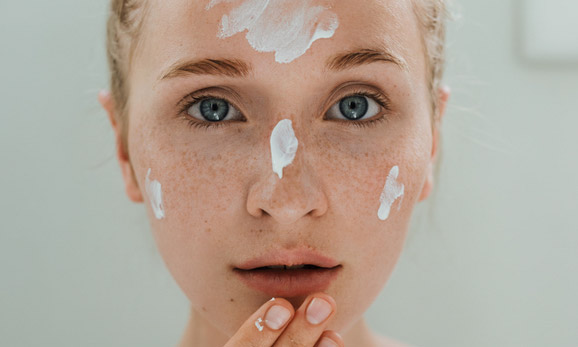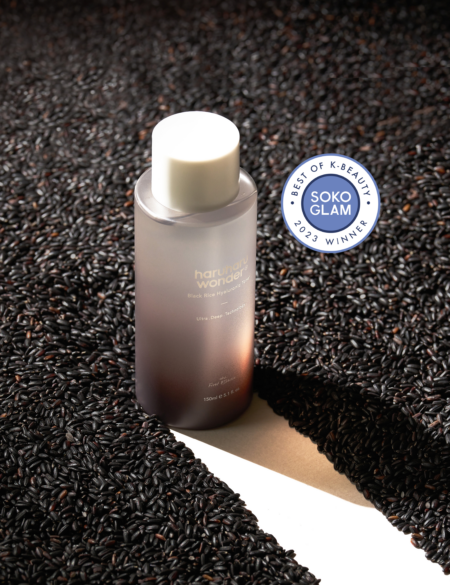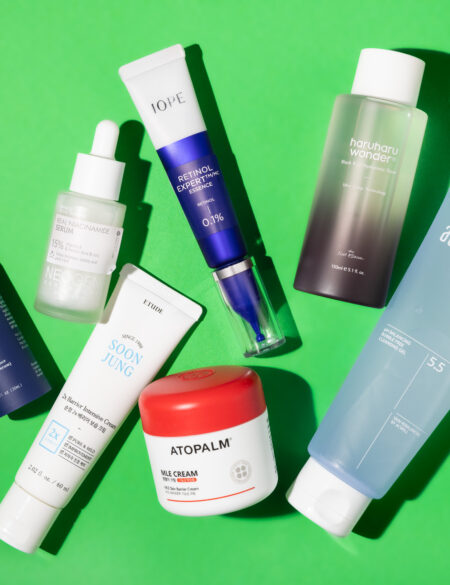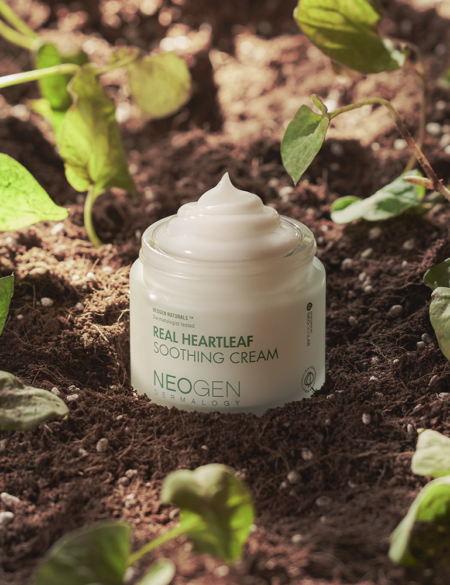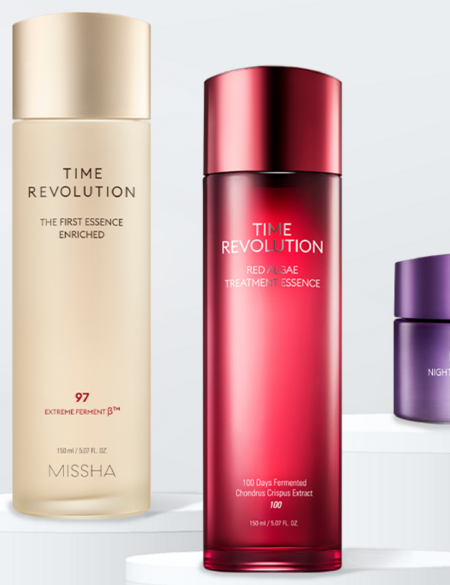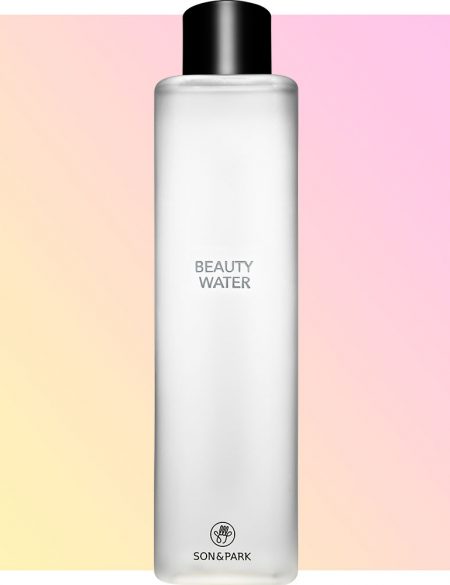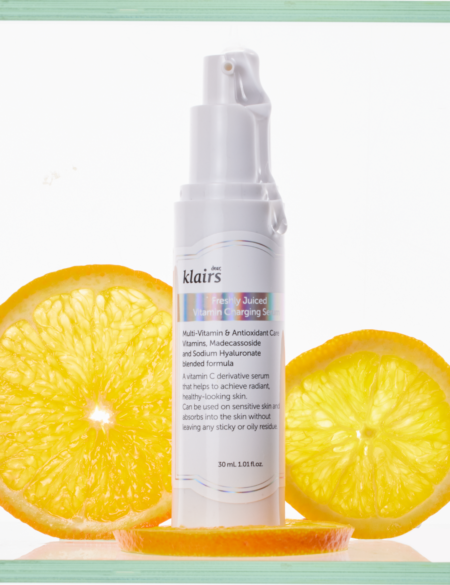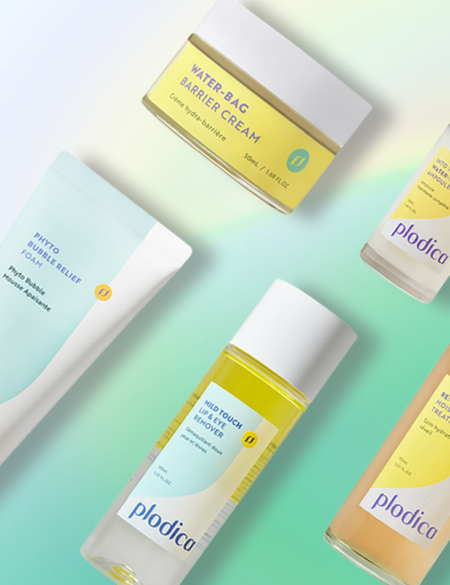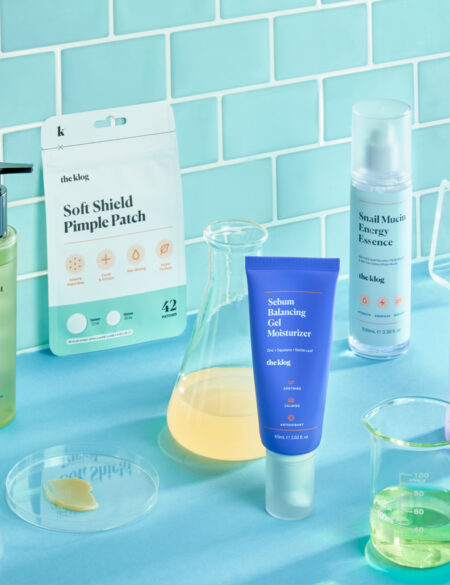We’ve all been there. A new product that you’ve been dying to try for ages finally lands on store shelves—or at your door step after an online order—and you cannot wait to rip into the packaging and douse yourself in shiny new goo. But after you do, your face is bright red and burning. Yikes. Let us explain why you should always patch test a new skin care product—no matter what—and what kind of reactions you should look for.
It’s true that everyone should patch test a new product, but it’s especially important for anyone with sensitive skin, or for people who’ve had an unfortunately sour reaction to products in the past. “Patch testing is important because there are a number of allergens in products that can cause what’s called ‘allergic contact dermatitis,’ otherwise known as an itchy rash,” explains Dendy Engelman, a dermatologist in New York City.
You may also experience an adverse reaction to a product simply because your skin doesn’t like a specific ingredient (natural or otherwise), or it doesn’t respond well to the way a product is formulated. This can result in the rash that Engelman noted above, or it can cause your skin to dry out, increase oil production, or prompt an angry breakout.
Note that that some ingredients are more likely to cause a reaction than others. These include products with synthetic dyes and fragrances, parabens, preservatives, sulfates, phthalates, as well as products with high concentrations of acids. Additionally, products with thick and heavy emollients can cause breakout-related reactions with oily skin. If you have acne-prone skin, ingredients to look out for should include coconut oil and butter, cocoa butter, lanolin, and isopropyl palmitate.
Patch testing for allergic reactions
You should patch test in two places: First, somewhere hidden (should a reaction occur), and then somewhere close to the area where the product will be applied once it’s been approved for usage. For example, if you’re testing for your face, a great location is the side of your neck. If you’re testing for your elsewhere on your body, try behind your knees, your belly, or your upper arms.
Once you’ve determined where to patch test, apply a tiny amount to the area. There should be no other products on the skin so that you can properly test this product. Reactions will typically occur with 24 hours, but may take up to 72 hours, so Engelman advises waiting until this time has passed.
Patch testing for breakouts
If you’re patch testing a product to see if it will make you break out, you should go about things a little differently. First, you should apply the product directly to your face on either your cheek or your chin. These are two areas that are most prone to blemishes because there’s a higher concentration of oil-producing glands. Apply your new product daily (to the same area) for a week to determine whether your skin will react. Product-related breakouts will typically occur within this time frame.
Reactions to look for:
Now that you’ve applied, it’s time to pay attention to how your skin reacts!
Major reactions: A really awful reaction will be quite noticeable. Your skin will likely look red, bumpy or splotchy, and it will feel itchy or painful. In this case, you should absolutely discontinue use and either toss the product out or hand it off to a friend who may have better fortune. You can treat the area with a soothing product, such as aloe vera (we suggest the Benton Aloe Propolis Soothing Gel) or milk of magnesia.
Mild reactions: You may also experience a mild reaction, which could mean one of two things. The first is that your skin isn’t fond of the product, so you should discontinue usage. The second scenario is that you’re using a product that causes an intended reaction. Products containing acids will do this—including lactic, salicylic, and glycolic acids—and so will hydroquinone and retinol. The Cosrx BHA Blackhead Power Liquid could cause this kind of situation. These reactions should be short-lived, and will occur almost immediately after application and last no longer than a half hour. If the reaction worsens over time, or doesn’t get better within the half hour, discontinue use. If skin settles down within that half hour, though, you should be good to go!
Breakouts: Obviously, you want to keep an eye out for any pimples, blackheads, or whiteheads. These can usually be seen or felt, but you can also examine your skin with a magnifying mirror to determine if there are any clogged pores. If your skin is breaking out, it’s best to discontinue use.
Normal reactions: If your skin doesn’t react at all (except to do what the product promises), then you’ve found your product soulmate!
Now that you’re equipped with patch testing knowledge and know-how, may you go out into the world and enjoy beautiful skin. Just repeat after us: Thou shalt always patch test before slathering!


